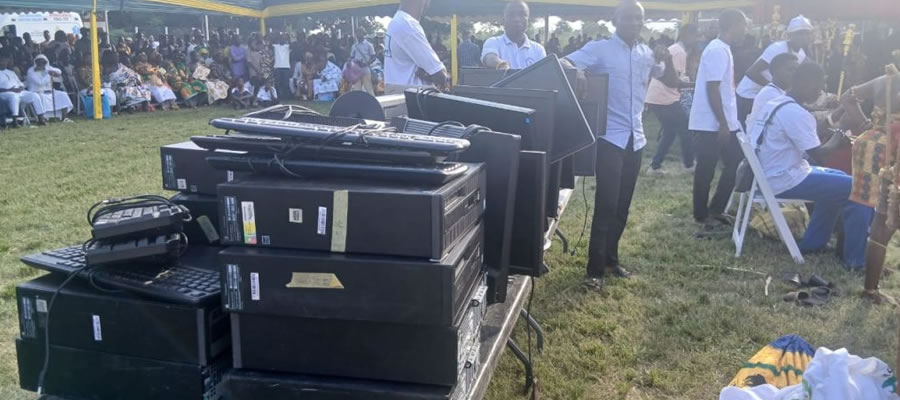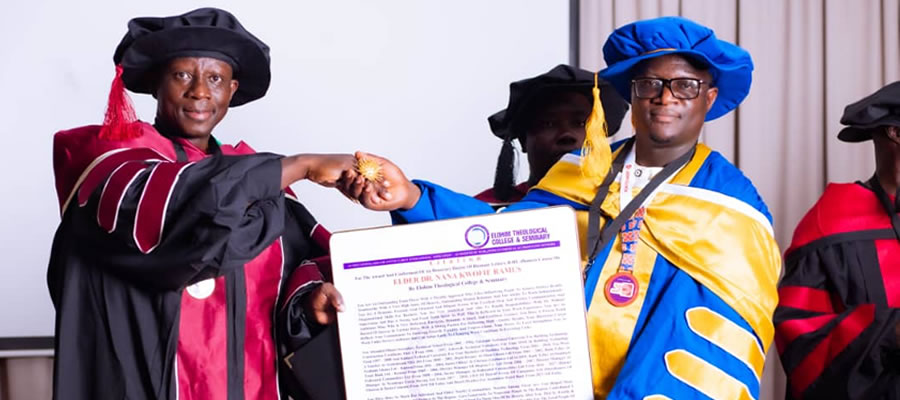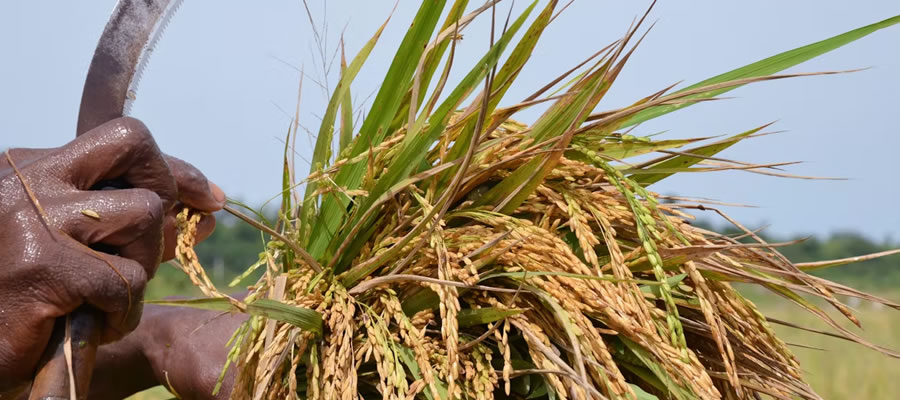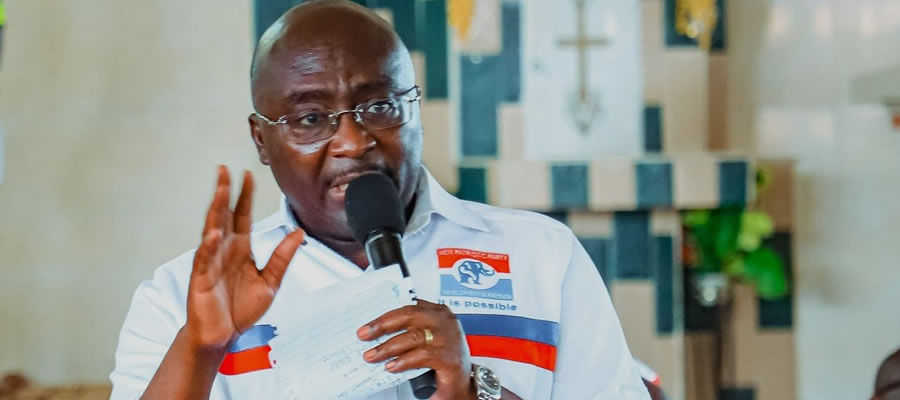

Relief and Drainage
Most part of the Municipality is generally undulating and lies between 152.4m – 510m above sea level. The highest point, the Krokoa peak which is 510m above sea level lies roughly to the South-West of Sefwi Wiawso. The main drainage feature is the Tano River and its tributaries. The Tano River runs roughly in a North-South direction and enters the sea in La Cote d’lvoire. The major tributaries include the Suhien, Kunuma, Sui and the Yoyo.
Geology and Mineral Deposits
The geology of the Municipality is mainly the Lower and Upper Birimian types with the Lower Birimian formation to the East and North Eastern part of the Municipality. These are volcanic rocks, which have been solidified from molten materials (lava). The occasional granite intrusions give the Municipality its undulating nature and form part of the long hill ranges known as the Bibiani range. These are often steep and strongly dissected. There are gold deposits at Kokokrom, Paboase and Akoti areas.
Climate (Temperature and Rainfall)
The Sefwi Wiawso Municipality, falls within the tropical rainforest climatic zone with temperatures between 250C and 300C throughout the year and moderate to heavy rainfall pattern between 1524mm and 1780mm per annum. It comes with double maxima characteristics in June-July and September-October as its peaks. Humidity is relatively high, which is about 90% at night falling to 75 percent during the day.
The rainfall pattern of this area is unique and suitable for agricultural activities in the Municipality. It has two long wet seasons separated by relatively short dry season. The dry season is marked by relatively low humidity with hazy conditions occurring from December to February. The Municipality experiences fewer or no bush fire outbreaks.
The Municipality often experiences concentrated downpours up to 178mm rainfall in a day, which often causes widespread flooding at some settlements due to the nature of the soil.
Soils
The most widespread is the forest Ochrosols, which covers most of the Northern and Western parts of the Municipality. The forest Ochrosols and Oxysols are rich soils, which support the cultivation of cash and food crops, such as cocoa, palm tree, cola, coffee, cashew, plantains, cocoyam, cassava and maize, with high yields in the Municipality.
Vegetation and Forest Reserve Cover
The Sefwi Wiawso Municipality falls within the moist semi-deciduous forest zone of Ghana, which covers most of Ashanti, Western, Brong-Ahafo and Eastern Regions. The forest type consists of the Celtic triplochiton association. Common species found are Onyina, Odum, Wawa, Mahogany, Sapele, Emire Asamfina, Red cedar, among others.
There is a high degree of depletion of the original forest as large sections of the forest are now secondary due to improper farming practices and logging. Due to this, a large section of the forest totaling 612.22 km has been put under reserves. The Municipality has three (3) forest reserves which include Muro in Boako (167.8km2), Suhuma in Old Adiembra/Amafie (359.8 km2) and Tano Suhien in Punikrom (84.6km2).
Date Created : 11/21/2017 12:55:22 AM











 facebook
facebook
 twitter
twitter
 Youtube
Youtube
 +233 593 831 280
+233 593 831 280 0800 430 430
0800 430 430 GPS: GE-231-4383
GPS: GE-231-4383 info@ghanadistricts.com
info@ghanadistricts.com Box GP1044, Accra, Ghana
Box GP1044, Accra, Ghana